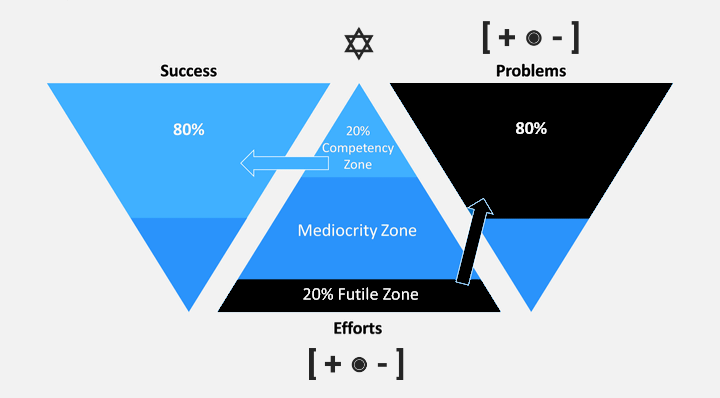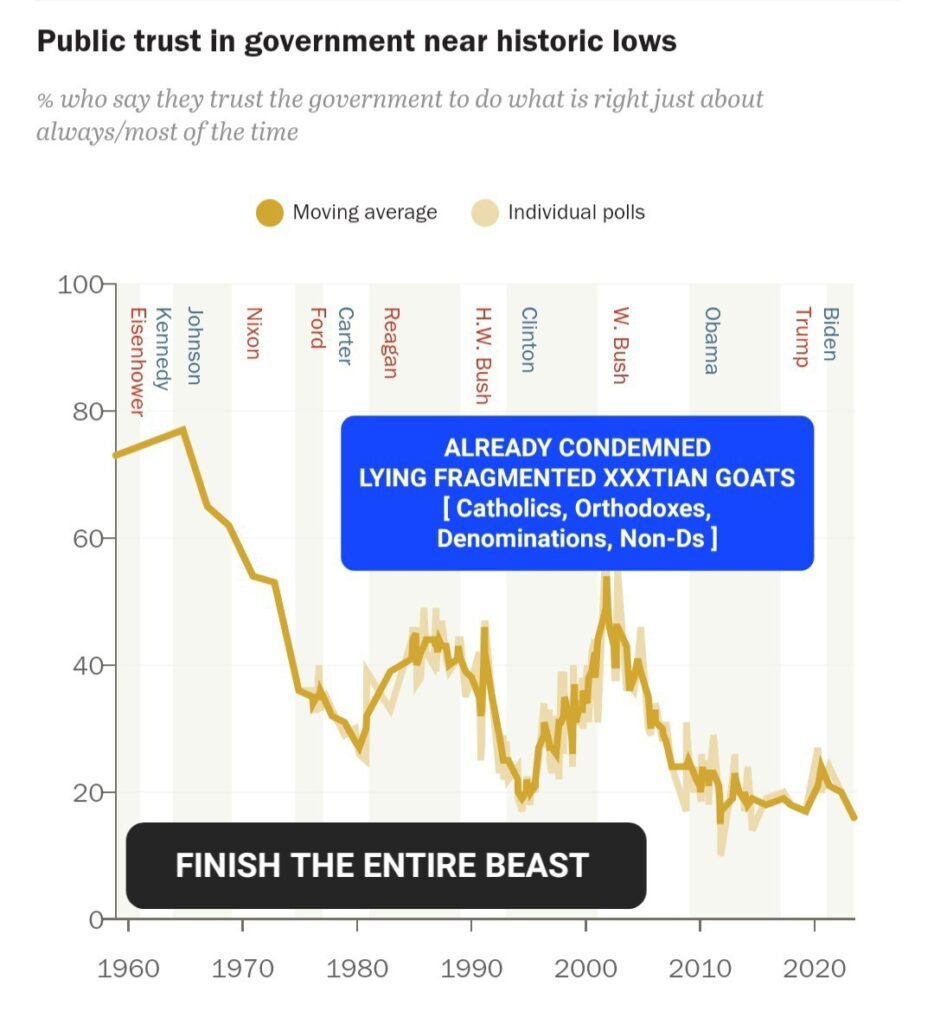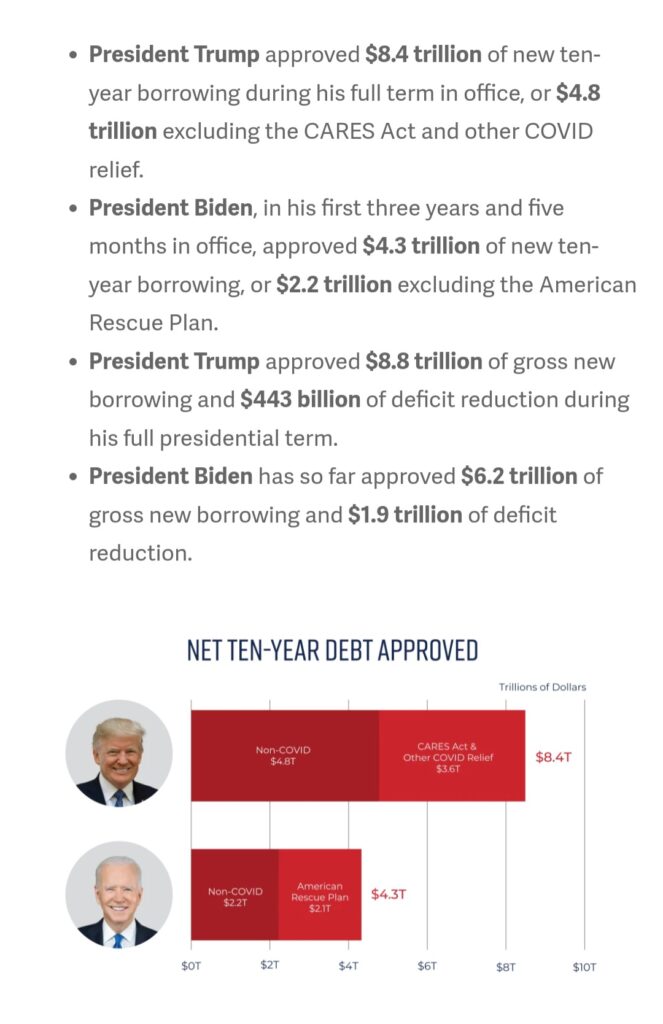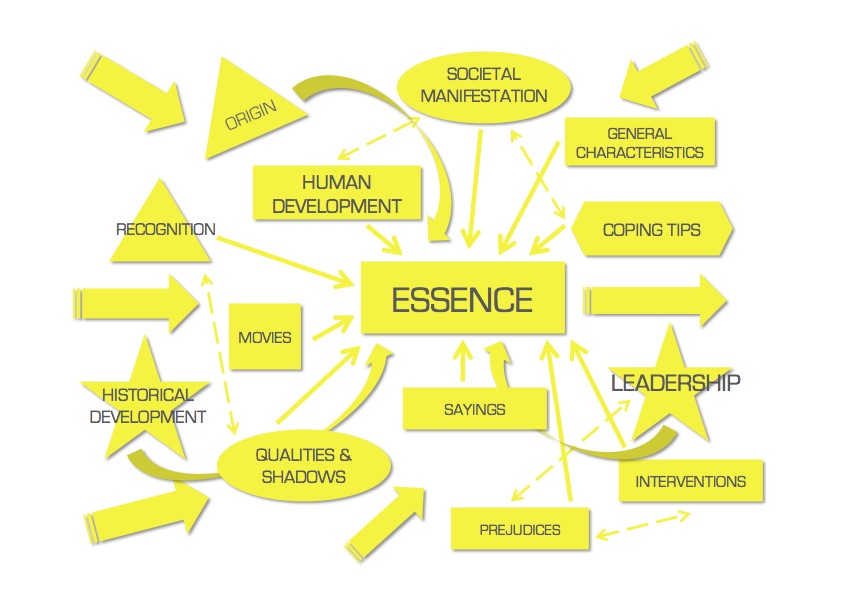The financial cost of low trust within an organization.
The level of trust within an organization is a crucial factor to consider. High trust leads to increased efficiency and effectiveness. It reduces the cost of operating a business.
Quotes from the book, The Speed of Trust, by Stephen M.R. Covey, © 2006 [pgs. 250-253]:
The 7 Low-Trust Organizational Taxes
1. REDUNDANCY
Redundancy is an unnecessary duplication. Of course, redundant mission-critical systems and data management are necessary. But a redundancy tax is paid in excessive organizational hierarchy, layers of management, and overlapping structures all designed to ensure control. For the most part, it grows out of the paradigm that unless people are tightly supervised, they can’t be trusted. And it is very costly.
2. BUREAUCRACY
“If you don’t have a high-trust organization, you are paying a tax, and it’s a wasted tax.” (Stephen M.R. Covey, The Speed of Trust, © 2006, pg. 250) Bureaucracy includes complex and cumbersome rules, regulations, policies, procedures, and processes. It’s reflected in excessive paperwork, red tape, controls, multiple approval layers, and government regulations. Rather than focusing on continuous improvement and getting better, bureaucracy merely adds complexity and inefficiency—and costs—to the status quo… Low trust breeds bureaucracy, and bureaucracy breeds low trust. In low-trust organizations, bureaucracy is everywhere.
3. POLITICS
Office Politics divide a culture against itself [ also known as “the enemy within” ]… Office politics generate behaviors such as withholding information, infighting, trying to “read the tea leaves”, operating with hidden agendas, interdepartmental rivalries, backbiting, and meetings after meetings. These behaviors result in all kinds of wasted time, talent, energy, and money. In addition, they poison company cultures, derail strategies, and sabotage initiatives, relationships, and careers. The indirect costs related to office politics are estimated at $100 billion per year; some observers put them substantially higher. [ Like the compounding cost of disengagement which is a lot higher now, the cost of office politics is also a lot higher than when this book was published. ] Office politics thrive in low-trust environments. In fact, in many ways, “politics” is an antonym for trust.
4. DISENGAGEMENT
Disengagement is what happens when people continue to work at a company, but have effectively quit (commonly referred to as “quit and stay”). They put in what effort they must to get their paycheck and not get fired, but they’re not giving their talent, creativity, energy, or passion. Their bodies are there, but not their hearts or their minds. There are many reasons for disengagement, but one of the biggest reasons is that people simply don’t feel trusted… The Gallup organization put a conservative price tag of $250-$300 billion a year on the cost of disengagement in America alone. [ $8.8 Trillion https://www.gallup.com/workplace/393497/world-trillion-workplace-problem.aspx ]
5. TURNOVER
Employee turnover represents a huge cost for organizations, and in low-trust cultures, turnover is in excess of the industry or market standard… Unwanted turnover is expensive. “If your workplace culture isn’t open and honest, it won’t create employee satisfaction, and you’ll experience turnover and a lack of productivity that will cost you money, ideas, and time. On the other hand, if the work environment is ethical, productive, and positive, people will stay— and stay committed. They’ll drive your company forward.” – Kent Murdoch, President and CEO of the O.C. Tanner Company
6. CHURN
Churn is the turnover of stakeholders other than employees. When trust inside an organization is low, it gets perpetrated in interaction in the marketplace, causing greater turnover among customers, suppliers, distributers, and investors. This is becoming increasingly an issue as new technologies such as blogs continue to develop, effectively empowering employees to communicate their experience to the world.
7. FRAUD
Fraud is flat-out dishonesty, sabotage, obstruction, deception, and disruption—and the cost is enormous… Fraud is almost exclusively an issue of character—a lack of integrity coupled with self-centered intent. If our only approach to this character challenge is to tighten the reins and put more controls in place, we will reduce the fraud tax only slightly, and in so doing, trigger the other six taxes, which are cumulatively far greater—maybe even five to ten times greater—than the original fraud tax.
———
When you add up the cost of all these taxes that are being imposed on low-trust organizations, is there any doubt that there is a significant, direct, and indisputable connection between low trust, low speed, and high cost?
———
TRADITIONAL MINDSET:
Strategy x Execution = Results
HIDDEN VARIABLE:
[ Strategy x Execution ] x TRUST = Results
If you increase taxes, you will slow down progress.
———
WHEN TRUST DECREASES, SPEED DECREASES AND COSTS INCREASE. This is because when trust is low, people become suspicious, guard communication, and disengage, which leads to DECREASED PRODUCTIVITY and INCREASED COSTS.
———

https://www.pewresearch.org/politics/2024/06/24/public-trust-in-government-1958-2024/



One side: Open legs to everyone. The other: “My childish ego, everybody else, FIRED!, or they choose to leave the bipolar clown.”
TRUMP AND BIDEN: NATIONAL DEBT

https://www.crfb.org/papers/trump-and-biden-national-debt
TRUMP: WORST LEADER AMERICA EVER HAD. BIPOLAR PATHOLOGICAL LIER WHO SAYS ANYTHING TO GET ELECTED. THERE IS NO TRUTH IN HIM. AN ABSOLUTE TV CLOWN.
https://www.propublica.org/article/national-debt-trump


“I will eliminate U.S. debt in 8 years.” Trump, 2016 LIE
https://www.justfacts.com/nationaldebt.asp
https://www.instagram.com/reel/DAq1_MWgb9j/?igsh=MTg2MnR1aGRrNjVwbg==
FRAGMENTED UNENLIGHTENED YELLOW:

COHERENT ENLIGHTENED YELLOW:







